Today, I am finally done cleaning off all of the overpaint on attributed Sir Thomas Lawrence painting. I have posted before and after restoration photos to show the end result (after hours and hours) of cleaning old overpaint off of the artist's original painting. This painting had two other paintings painted over the original painting. Art restorers in the past thought the way to restore or renew paintings was to paint over the original painting. Period paintings darken over time due to old varnish and dirt. Art restorers in the past had no knowledge of how to clean old varnish off of paintings. Some cleaning chemicals were not discovered or invented yet.
Some paintings I can look at and see overpainting done with acrylic paints and not oil paints. When something looks odd I start to think it is time to investigate. There are several tools I use to investigate what is not original to the painting (first tool is a black light instrument). I test painting with different chemicals to remove new paint and varnishes. The work is literally done inch by inch. The old varnish sometimes needs to be scraped off with a conservator's knife and a strong solvent. My client's painting had obvious overpainting with acrylic paints.
Looking at the original painting you can see why some past art restorer thought he or she should paint over the original painting. The painting has areas of missing paint on the woman's face and chest. The areas were filled with plaster, gesso, and a new painting was created. The woman's hairline, shoulder line, and top of dress were all changed. Part of her shoulder was changed into the back of a chair. Before cleaning the sitter's arms had no form and shadowing (the arms looked flat). Some of her pearls were overpainted (she holds a string of pearls between two fingers).
The next challenge is to fill, inpaint, and revarnish painting. My client has not seen the painting for almost a year and I am sure they will be surprized. The painting will have a new home in a Mississippi plantation home. I am thrilled this painting will have a new home and will be admired once again by art lovers. Let me know your thoughts. http://www.tlbartrestoration.com/
Saturday, October 3, 2009
Subscribe to:
Post Comments (Atom)

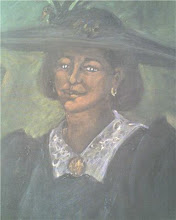
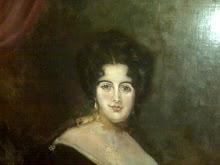
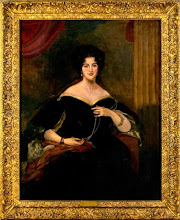







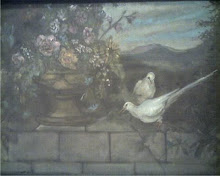
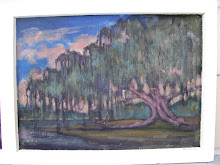
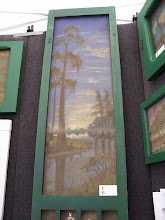
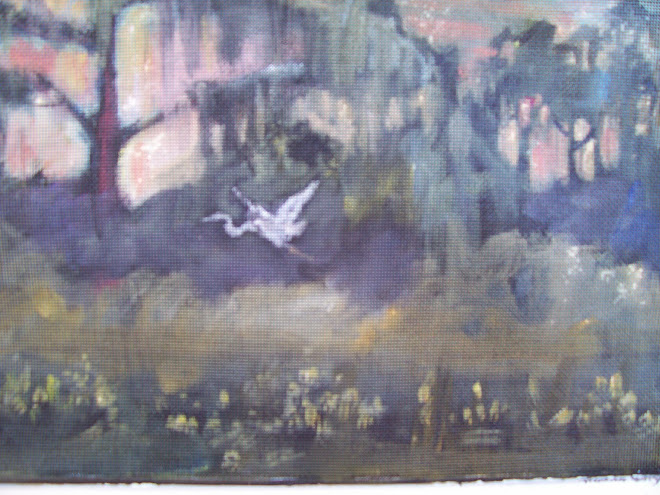
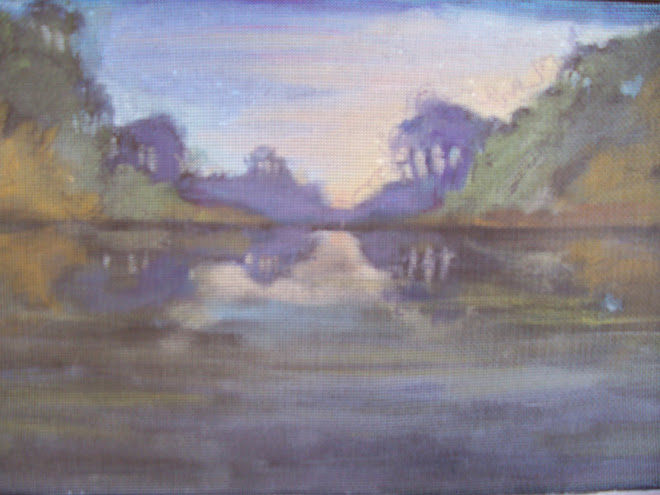
Do you discover the paintings under the painting or do you suspect and go hunting for them?
ReplyDeleteI am not qualified to say "Good Job!"
but heck, I'll say it anyway....beautiful work,good job!
Hello Suz,
ReplyDeleteSome paintings I can look at and see overpainting done with acrylic paints and not oil paints. When something looks odd I start to think it is time to investigate.
There are several tools I use to investigate what is not original to the painting (first tool is a black light instrument). I test painting with different chemicals to remove new paint and varnishes. The work is literally done inch by inch. The old varnish sometimes needs to be scraped off with a conservator's knife and a strong solvent. My client's painting had obvious overpainting with acrylic paints. The lady looked very plastic like Joan Rivers. I love Joan but, she admits people mistake her for a credit card.
Oh you are so funny...cracking me up with your Joan comment..so unexpected...that's good...you're not all serious brain..balanced...good
ReplyDeleteOh I wish you could write...this perspective would make a great mystery story
Hi Thomas,
ReplyDeleteI enjoyed reading the information on your blog.
Okay -- now it is November and time to post another project. I am hoping you are soon to begin the the restoration of the portraits of my grandparents that became damaged during Hurricane Katrina. I miss the portraits so much that I would love to see them on your blog in the interim.
Jill
Amazing! Such patience and skill you have. Thank you for your comments on my blog. I'm honored.
ReplyDeleteHow can you call yourself a conservator and advertise your services as such? You don't appear to have graduated from any of the established conservation training programs or apprentice trained with a well-known conservator.
ReplyDeleteApprenticed with New Orleans Conservation Guild. So there!
ReplyDelete